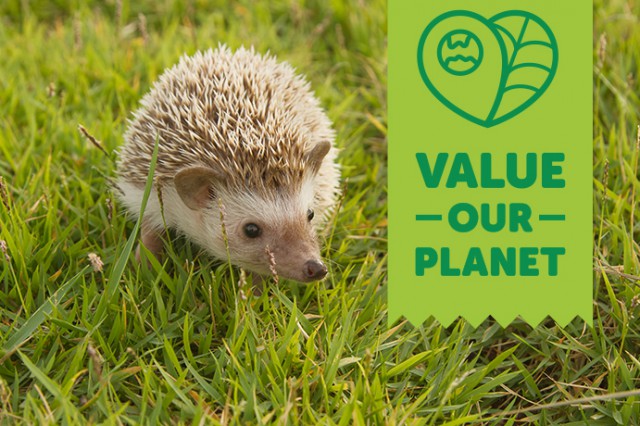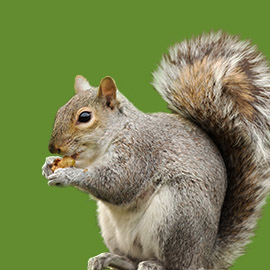How To Encourage Wildlife Into Your Garden

Get ready for spring and equip your garden for the influx of nature and wildlife, and the return of your fantastic array of flowers and shrubs. For any keen gardener of wildlife enthusiast, there are steps you can take to encourage more activity into your garden, so that when spring comes you can sit back and let nature come to you.

Bird baths and bird feeders.
Whether you live in a city, town or out in a rural area it is really easy to attract birds into your garden. The key is to meet the needs of birds and you will find them coming back time and time again. Equip your garden with a bird bath or table and give them access to plenty to seeds. Provide a variety of wild bird food in different styles of feeders and position these somewhere birds will feel safe from predators. If you have an outdoor cat, or any of your neighbours do, that can deter birds from coming to visit as cats will naturally look to hunt them. Similarly, if you are looking to attract birds into your garden and you live in a rural area, be careful with the position of your feeder as squirrels will try their utmost to get to the food.

Growing flowers and creating your own garden display.
Spring is the time to put in the hard work and watch your flowers begin to shoot, bud and flourish. Take the time to find soil with the right nutrients, make sure you’re stocked up with a trowel, watering can and lots of seeding trays. Take time researching and planning out your garden, and then make the decision on what flowers you want to grow. If you’re looking to add that extra sparkle to your garden, you could opt for hanging baskets as well – they’re a great addition outside your front or back door.

Be prepared for all weathers.
If you happen to be a fan of homegrown vegetables, a greenhouse is going to be your ideal companion. Salad vegetables such as tomatoes, chillis and peppers require a lot of sunshine and will benefit from a warmer location. Don’t panic – you can start off with a three tier mini greenhouse which won't cost you a fortune. Serious gardeners and growers may want to look at investing in a bigger, glass paned greenhouse, but for small crops and enthusiasts a three or four tier greenhouse will work perfectly.

Choosing the right flowers.
If your interest lies with the insects you see in your garden such as the bees and butterflies, then the key to attracting them is by choosing the right flowers. Insects such as bees will be on the hunt for flowers that will provide them with pollen and nectar. In spring, the Crocus and Mahonia flowers are going to provide pollen and nectar throughout the season. Seed packets and plant labels should indicate clearly which flower species are pollenator friendly. Filling your garden with native and nectar-rich blooms will provide essential nutrients to our bee and butterfly populations.

Somewhere safe to hibernate.
Wild mammals, such as hedgehogs, often need a safe place to hibernate over the winter months. Creating a space outside for hedgehogs to nest away from predators will help their survival tremendously. Hedgehogs and other wild mammals are also prone to poisoning from garden chemicals. For example, many of us use slug pellets to protect our plants with little thought on the after effects. But slugs that have been poisoned can eventually end up being ingested by hedgehogs and prove extremely harmful. Just like wild birds, hedgehogs also benefit from being provided with a food source in gardens. You can buy special blends of hedgehog food to leave out. As hedgehogs are omnivores, they will also enjoy a meat-based wet food, such as dog food or cat food.

Let Nature Take It's Course
Finally, we all love having a beautifully presented garden with nothing out of place or growing astray. But to encourage wildlife into your garden you have to let nature develop its own sanctuary. Allow things to sit where they don’t belong, such as a flowerpot on its side in a leaf strewn area of moist soil. Although creepy crawlies are not everybody's cup of tea, they are essential for a healthy garden eco-system. Insects love somewhere safe to hide, this is why you often find them when you life up logs, rocks or plant pots. Creating hidden spaces, or hanging up bug houses, will encourage your garden to thrive. Wildlife will always find a home where it feels natural, comfortable and safe. As long as you provide that in your garden you will see the wildlife flocking in, and staying for as long as it’s welcome.








